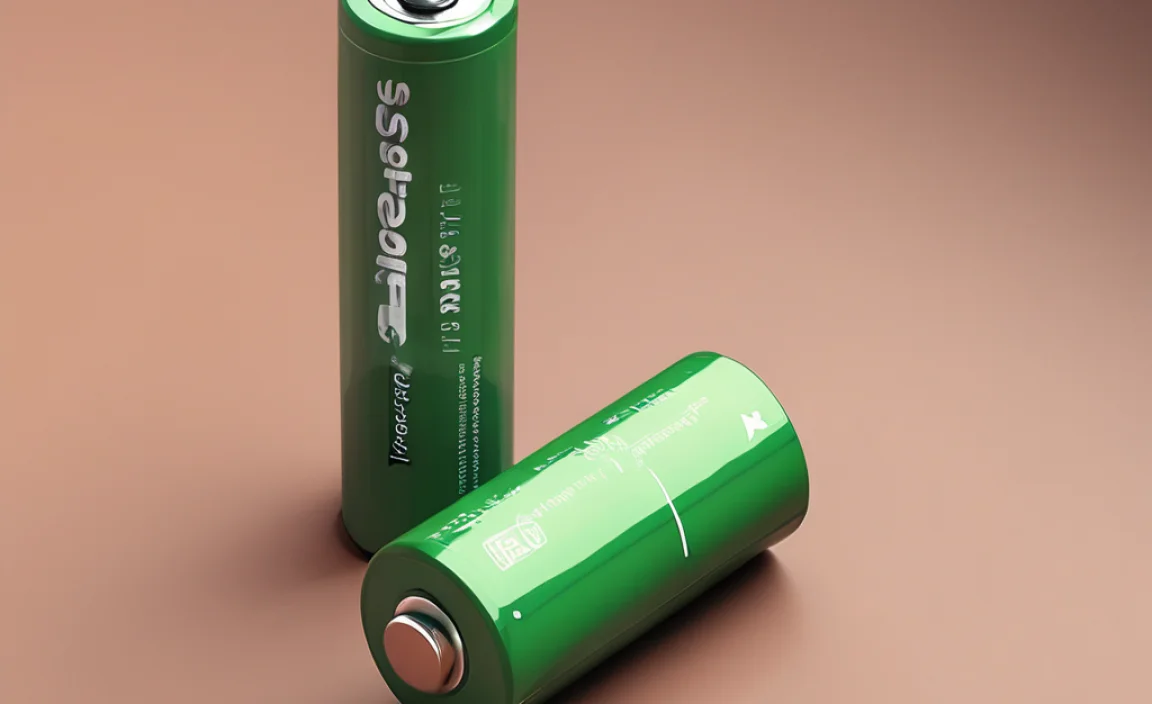The quest for a fast USB to Ethernet adapter often leads to a crucial decision point for many users: ensuring their wired connection is as rapid and reliable as possible. Whether you’re a gamer seeking to minimize latency, a creative professional transferring large files, or simply someone who values a consistently stable internet experience over Wi-Fi’s occasional hiccups, investing in the right adapter can be a game-changer. While Wi-Fi has become ubiquitous, the inherent advantages of a physical Ethernet connection remain undeniable – speed, stability, and security. This article delves into what makes a USB to Ethernet adapter a “best buy,” exploring key features, performance considerations, and how to choose the perfect device for your needs.
Why Opt for a USB Adapter for Ethernet?
In an era where many modern laptops and ultrabooks sport ever-slimmer profiles, the traditional Ethernet port has become a casualty of design. This is precisely where a USB adapter for Ethernet shines. It bridges the gap, allowing you to seamlessly convert a USB port into a high-speed Ethernet connection. This is an indispensable tool for anyone relying on a wired network for demanding tasks.
The primary driver for seeking out a USB to Ethernet adapter is speed. While Wi-Fi standards have improved dramatically, they can still be susceptible to interference, distance limitations, and shared bandwidth within a household. An Ethernet connection, on the other hand, provides a dedicated, direct pathway to your router, often resulting in significantly higher and more consistent download and upload speeds. For data-intensive activities like streaming 4K video, large cloud backups, or engaging in online multiplayer gaming, the difference can be palpable.
Beyond speed, stability is a major advantage. Wi-Fi signals can fluctuate, leading to dropped connections or frustrating slowdowns. Ethernet offers a robust and reliable link, ensuring your connection remains uninterrupted, which is critical for work-from-home professionals attending video conferences or anyone who cannot afford to lose their internet connection during important tasks.
Key Features to Look for in a Fast USB to Ethernet Adapter
When hunting for the “best buy” in the realm of USB to Ethernet adapters, several features warrant your attention to ensure you’re getting optimal performance and compatibility.
USB Standard (USB 3.0/3.1/3.2 vs. USB 2.0): This is perhaps the most critical factor influencing speed. USB 2.0 ports have a theoretical maximum speed of 480 Mbps, which is often a bottleneck for modern Gigabit Ethernet. For a truly fast connection, ensure your adapter supports USB 3.0 or higher (often marketed as USB 3.1 Gen 1, USB 3.1 Gen 2, or USB 3.2). These standards offer significantly higher bandwidth, capable of supporting Gigabit Ethernet speeds (1000 Mbps) and beyond. A USB 3.0 port and adapter are essential to unlock the full potential of a Gigabit Ethernet connection.
Ethernet Speed Support (Gigabit Ethernet): Your adapter should explicitly support Gigabit Ethernet (10/100/1000 Mbps). While some older adapters might only support Fast Ethernet (10/100 Mbps), this is insufficient for modern high-speed internet plans and demanding applications. A Gigabit adapter will ensure you can take full advantage of the internet speeds provided by your ISP and your local network.
Chipset: The chipset within the adapter plays a vital role in its performance and reliability. Reputable chipsets from manufacturers like Realtek, Atheros (Qualcomm), or ASIX are generally preferred for their stability, compatibility, and efficiency. While not always advertised prominently, researching reviews or product specifications can often reveal the chipset used.
Driver Support and Compatibility: Most modern USB to Ethernet adapters function using plug-and-play technology, especially with operating systems like Windows 10/11, macOS, and many Linux distributions. However, for older operating systems or specific network configurations, ensuring driver availability and seamless compatibility is important. Check the product description for compatibility lists.
Build Quality and Port Durability: Since this adapter will be plugged into your computer’s USB port, a sturdy construction is desirable. Look for adapters with reinforced connectors and a durable casing that can withstand regular use and travel if necessary.
Additional Ports (for some hubs): Some USB to Ethernet adapters are integrated into larger USB hubs, offering additional USB-A ports, HDMI outputs, or SD card readers. If you’re looking to expand your laptop’s connectivity beyond just Ethernet, such multi-functional devices can be a convenient and cost-effective “best buy.”
How to Maximize Your Fast USB to Ethernet Adapter Performance
Once you’ve purchased a high-quality usb adapter for ethernet, a few steps can ensure you’re getting the most out of it:
1. Utilize a USB 3.0 (or higher) Port: As mentioned, plug your adapter into a USB 3.0 port on your computer. These ports are typically colored blue or clearly marked with “SS” (SuperSpeed). Using a USB 2.0 port will limit your network speed to a maximum of 480 Mbps, even if the adapter itself supports Gigabit speeds.
2. Use a Compatible Ethernet Cable: An older or damaged Ethernet cable can bottleneck your connection. For Gigabit speeds, ensure you’re using a Cat5e, Cat6, or higher-rated Ethernet cable. These cables are designed to support the bandwidth required for 1000 Mbps connections.
3. Check Your Router’s Capabilities: Your router’s Ethernet ports also need to support Gigabit speeds to achieve the fastest possible connection. Most modern routers are equipped with Gigabit ports, but it’s worth verifying if yours is older.
4. Test Your Speed: After setup, run an internet speed test (e.g., Speedtest.net) to confirm you’re achieving the speeds you expect. Compare this to your Wi-Fi speeds to see the tangible benefits.
Conclusion
In the digital landscape, a stable and swift internet connection is no longer a luxury but a necessity. For those seeking to bypass the limitations of Wi-Fi and achieve peak wired performance, a fast USB to Ethernet adapter is an indispensable accessory. By prioritizing USB 3.0 connectivity, Gigabit Ethernet speeds, and reliable chipsets, you can find a “best buy” that significantly enhances your online experience, whether for work, play, or content creation. Investing in the right usb adapter for ethernet is an investment in reliability, speed, and overall digital satisfaction.

